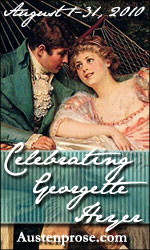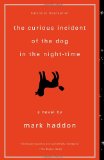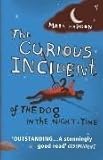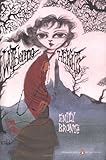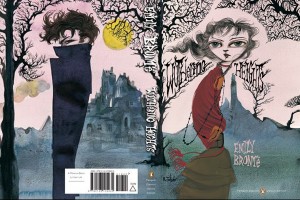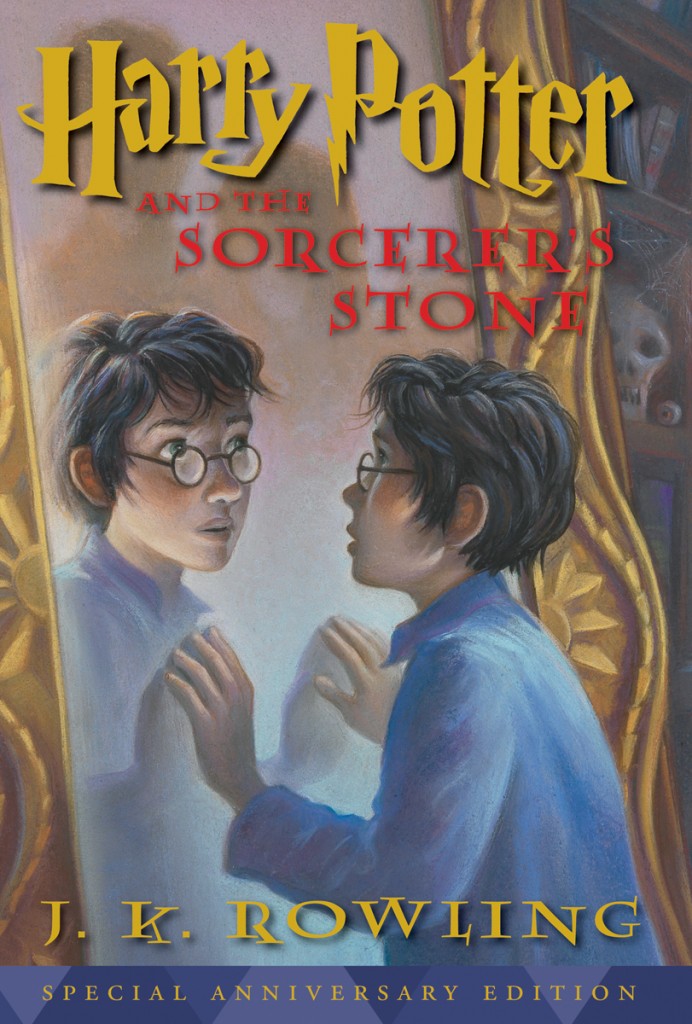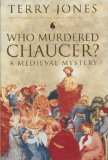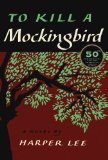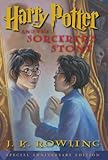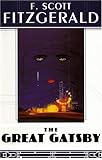![]() This week’s Booking Through Thursday prompt concerns series books: “If you read series, do you ever find a series ‘jumping the shark?’ How do you feel about that? And, do you keep reading anyway?”
This week’s Booking Through Thursday prompt concerns series books: “If you read series, do you ever find a series ‘jumping the shark?’ How do you feel about that? And, do you keep reading anyway?”
I have found that if the early books in a series grab me, I am much more forgiving of later lapses. I really loved Anne Rice’s first two Vampire Chronicles books, Interview with the Vampire and The Vampire Lestat. I didn’t like Queen of the Damned so much, but I understood its importance in terms of the Rice vampire mythos. I did enjoy The Tale of the Body Thief. As the series continued, I liked each book less and less. I didn’t like The Vampire Armand much, I never finished Blood and Gold, Pandora was only OK, and Memnoch the Devil remains the only book I’ve ever thrown across the room. Still, I kept trying for a while, you know? Because I liked some of the earlier books so much. I read Merrick and I tried Blackwood Farm. Finally I had to admit to myself that I just didn’t like the books anymore, and that trying to recapture what I felt about the first couple was pointless: she had clearly moved in a different direction, and it wasn’t one I was going to enjoy.
I had a sort of similar reaction to Stephenie Meyer’s books. I know it’s not cool anymore to admit you’ve read them, but I’ll cop to it. I will even admit to enjoying the first book a lot. The second less so. The third even less. The last one was frankly really awful and extremely weird. Vampire babies, vampire Bella is somehow more remarkable than everyone else (Mary Sue much?), weenie pedophile Jacob, weird abusive sex. Nope. Totally jumped the shark. And I can say honestly that if Meyer has plans to extend the saga with a fifth book, I won’t read it. Breaking Dawn was a shark-jumping moment if ever there was one.
In both cases, I kept up with books in series, despite declining quality, because I had truly liked the first or first couple of books. It is hard not to feel a little betrayed by the books. It’s hard too not to feel a little angry with the author who had previous given you so much pleasure. However, I am clearly forgiving past the point of rationality, especially as illustrated in Rice’s case, and I will read an entire series if the payoff in the first two or so books was good. I have read all of Jasper Fforde’s Thursday Next and Nursery Crime books published to date, and I loved them all. My favorite series, Harry Potter, just got better and better.
One of these days, I’m going to try to finish Diana Gabaldon’s Outlander series. The first four books were rewarding. I never finished the fifth, and haven’t touched the others. But that doesn’t mean I don’t have a sort of Pavlovian reaction to one of her book covers.
If you look at it from a behaviorist perspective, I have clearly been rewarded by enough series books to have learned to stick it out. However, it seems to take me a long time to stop expecting that reward. And you know, sometimes, I just have to finish a series to know what happens. Lately I have been telling myself life is too short to read bad books. And I have been sticking to that axiom, for the most part. A series is a commitment. It’s more than slogging through a few hundred pages. It’s a relationship with an author and her characters. And like many relationships, it can be hard to let go and figure out when breaking up might be the healthiest thing.
